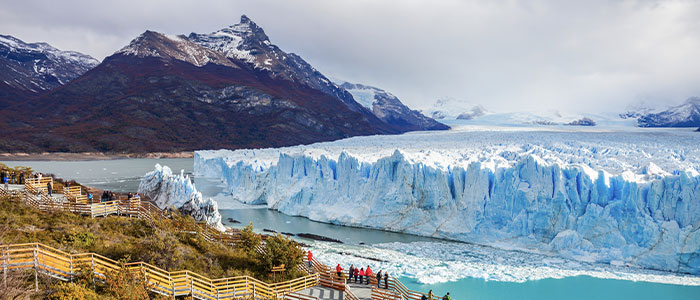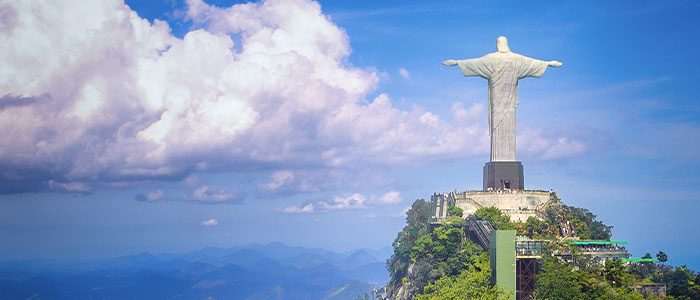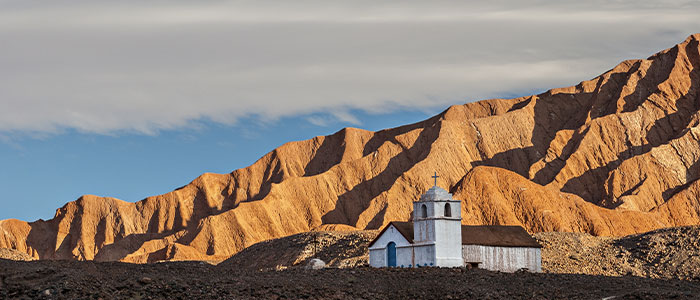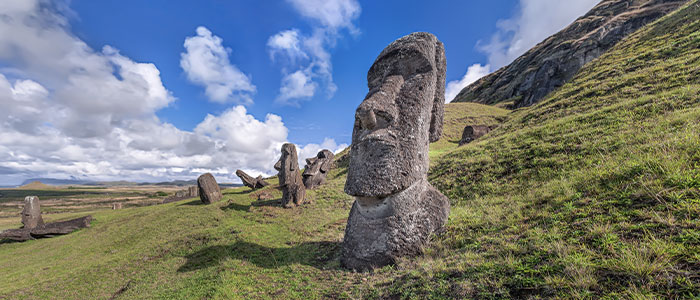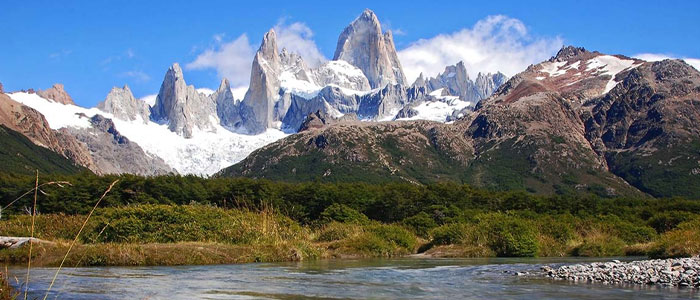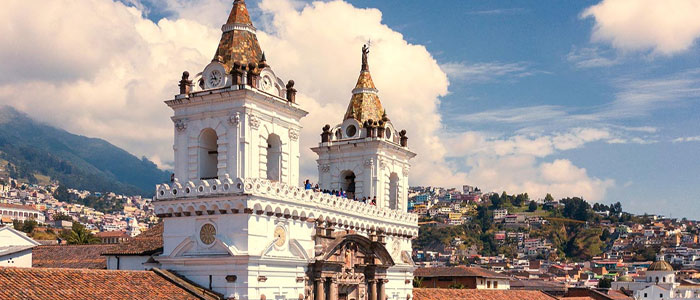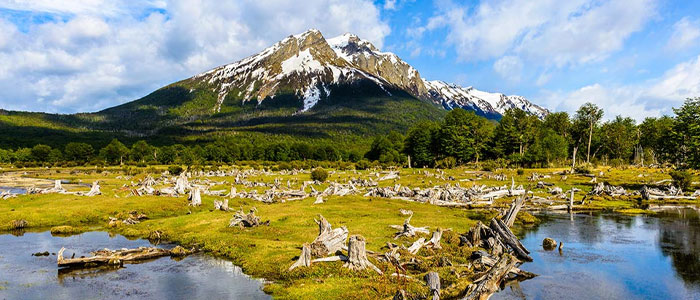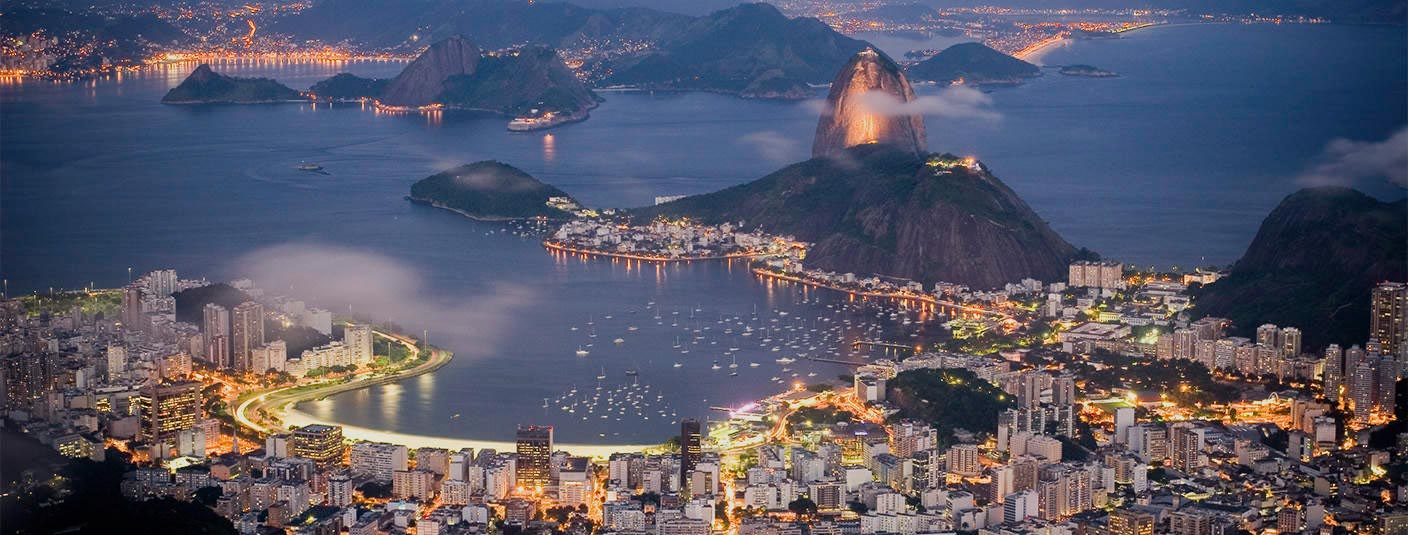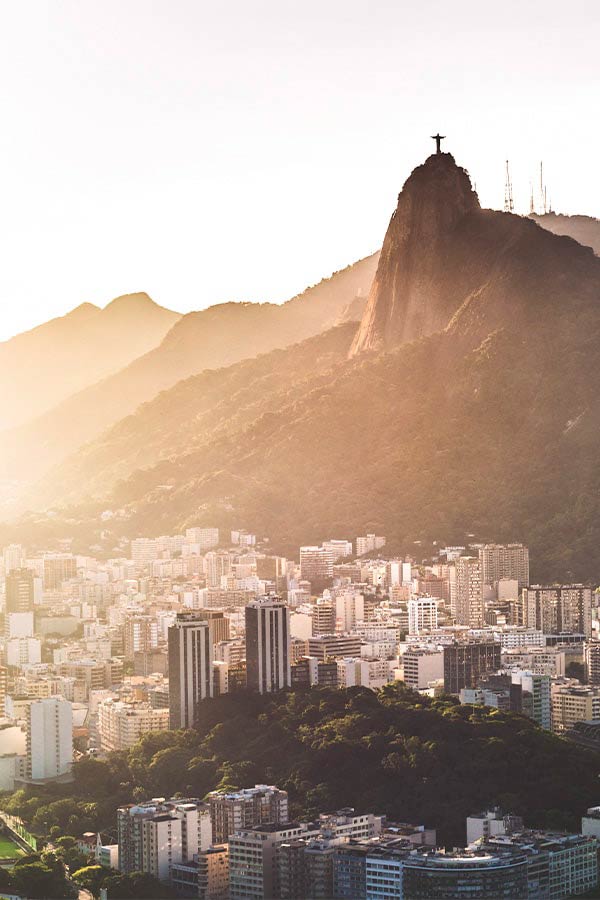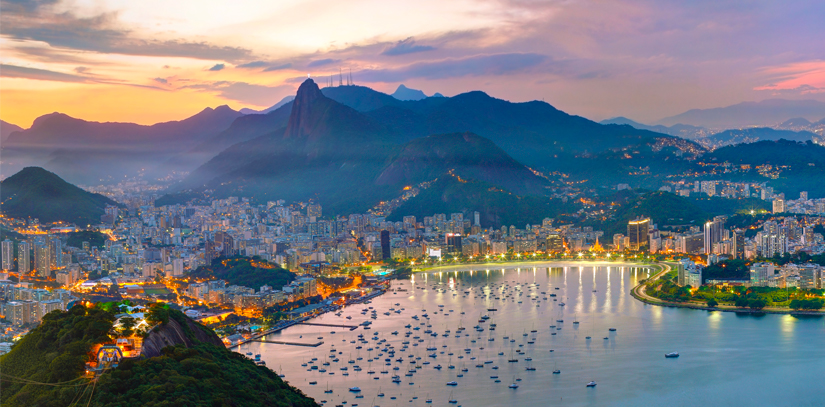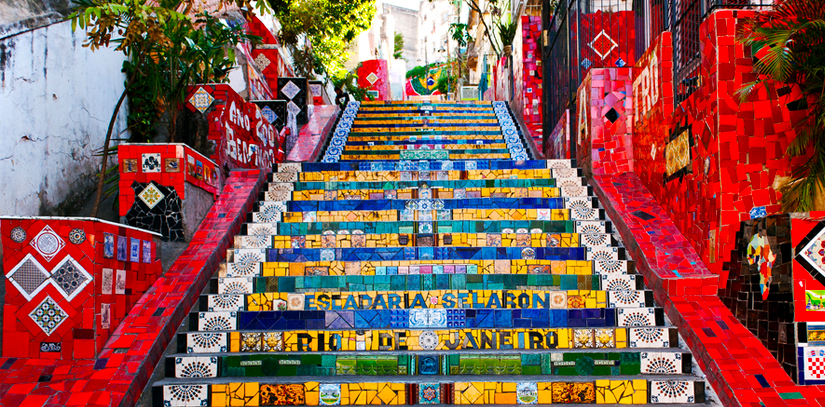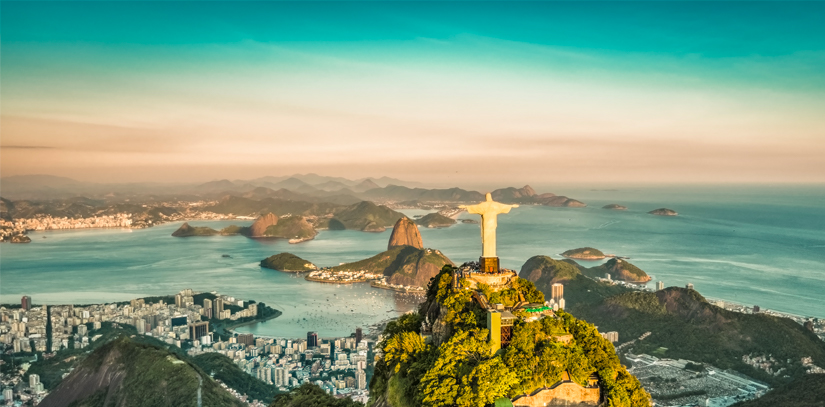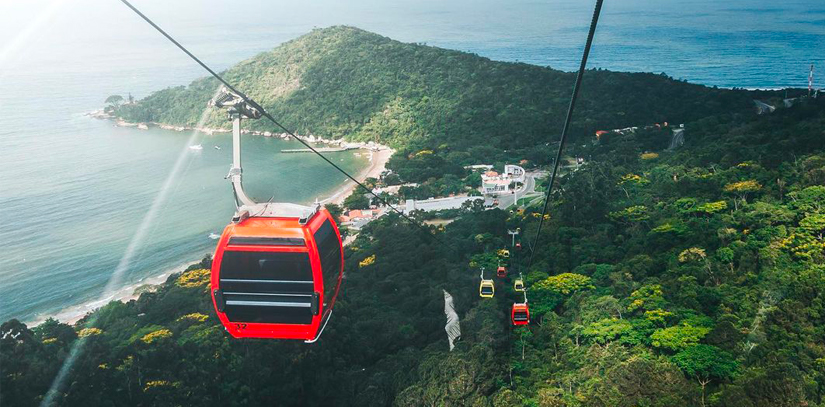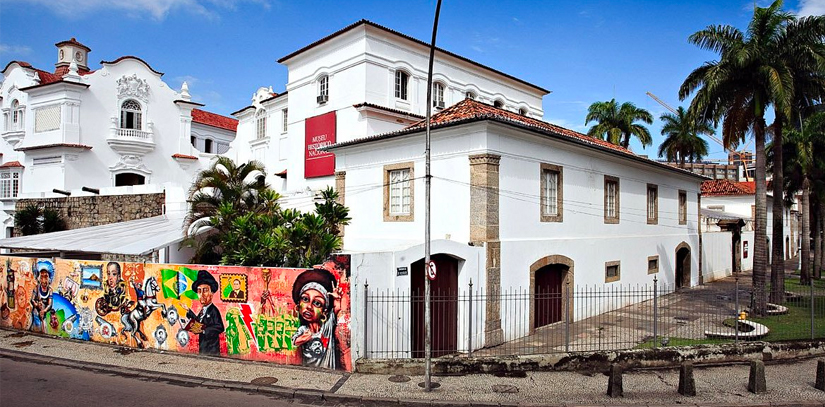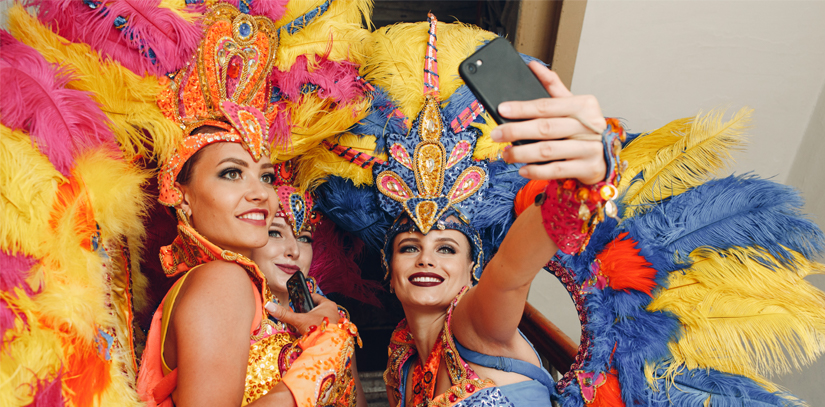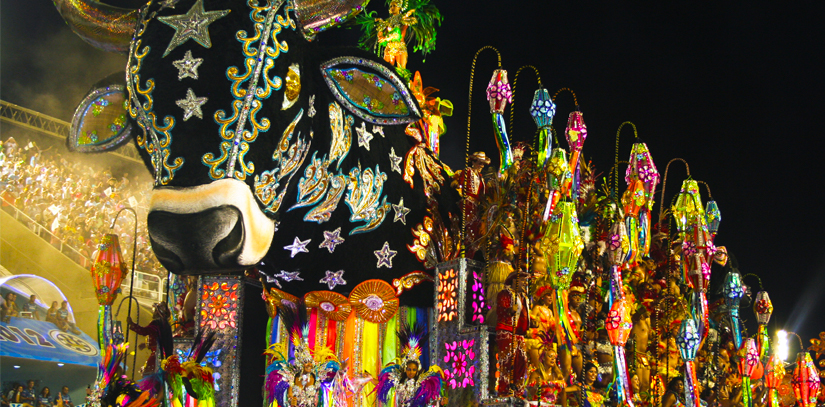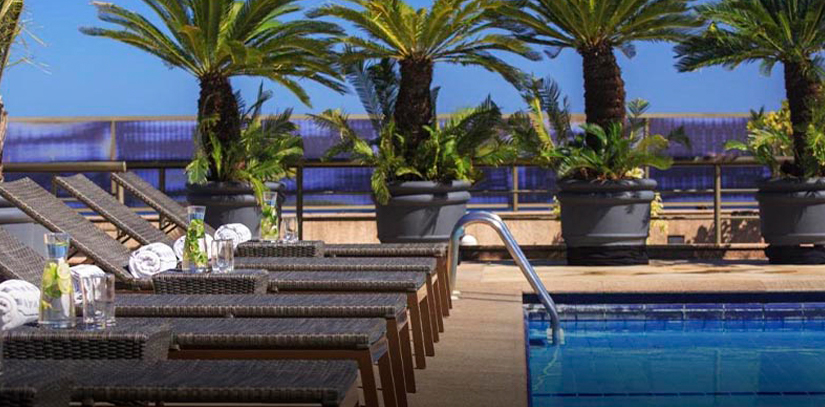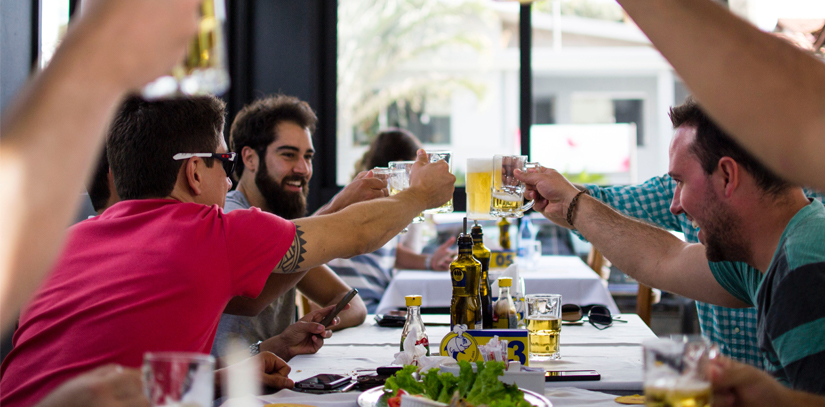Rio de Janeiro offers an amazing array of the country’s culturally-diverse cuisine, but the culinary epicenters of this vivid city include Copacabana, Ipanema and Leblon, where tourists will find some of the best restaurants that the metropolis has to offer. Here are a few recommended establishments.

Casa da Feijoada, Prudente de Morais 10, Ipanema, Tel: +55 (21) 2247-2776, $23-$35
To sample the best feijoada (Brazil’s national dish of black beans with pork) in Rio, travelers have to look no further than Ipanema’s Casa da Feijoada. As expected, this “house of feijoada” specializes in the delicious dish, serving generous portions to happy customers all week long.
Bistrô Zazá, R Joana Angelica 40, Ipanema, Tel: +55 (21) 2247-9101, $12 and over; and
Zuka, R Dias Ferreira 233, Leblon, Tel: +55 (21) 2249-7550, $12 and over
If you’re looking for more international flare in your dining experience, definitely visit Bistrô Zazá or Zuka. The former is a trendy locale, perfect for a romantic dinner, with Moroccan- and French-influenced dishes on the menu. The latter is also popular with Brazil’s contemporary crowd and serves up French and Japanese inspired meals, as well as American fast food favorites, and even a few Italian delicacies.
Porcão, Barao de Torre 219, Ipanema, Tel: +55 (21) 3389-8989, $12 and over
Considered one of the best churrascarias (steak houses) in all of Rio, Porcão, situated on the beautiful Ipanema strip, is the ideal dining location for any meat-lover. For a set price, guests can sample an unlimited amount of Rio’s most delicious steaks and more at this eatery.
Churrascaria Palace, R Rodolfo Dantas 16B, Copacabana, Tel: +55 (21) 2541-5898, $6-$11
Another well-known steak house is Copacabana’s Churrascaria Palace. With 20 different kinds of meat available to choose from served on a spit on your table, as well as an expansive salad buffet on hand, you will have a variety of options at this eatery.
Cervantes, Barate Ribeiro 07-B e Prado Junior 335B, Copacabana, Tel: +55 (21) 2275-6147, $6 and under
Boasting the best sandwiches in town, Cervantes in Copacabana is considered a local institution. The modest restaurant features a stand-up or sit-down bar and is open all night, perfect for a late-night, after hours snack.
Fellini, R General Urquiza 104, Leblon, Tel: +55 (21) 2511-3600, up to $6-$11; and
Aipo and Aipim, Avenida Nossa Señora de Copacabana 391b, 599, and 920; Tel: +55 (21) 2267-8313, $6 and under
Many Rio eateries have the comida a kilo policy. These buffet-style restaurants let guests serve themselves an array of delicious meal options and they charge depending on how much your meal weighs, “food by the kilo.” A couple of the best comida a kilo restaurants include Fellini Restaurant, which has a range of Brazilian, as well as international dishes, including some vegetarian-friendly fare; and Aipo and Aipim in Copacabana, another locale where guests can obtain value for their money.


